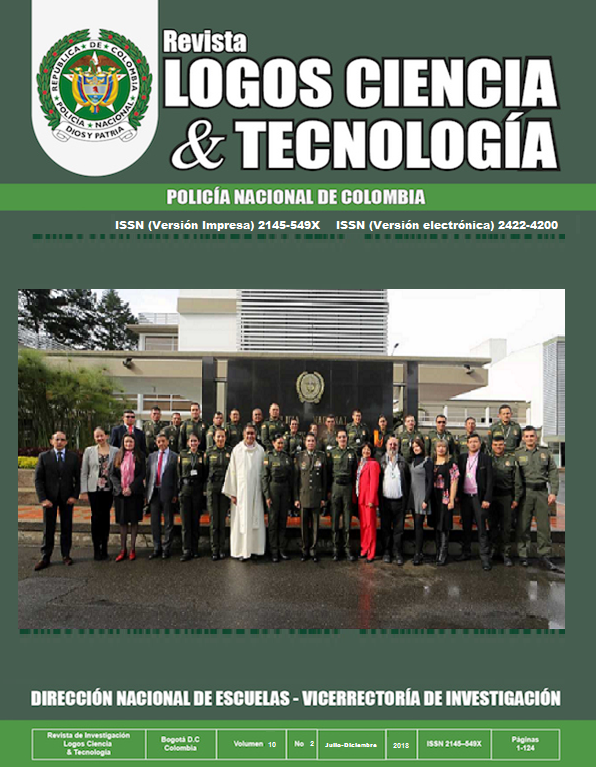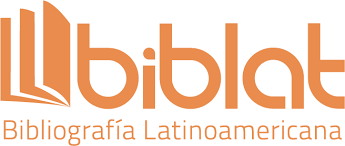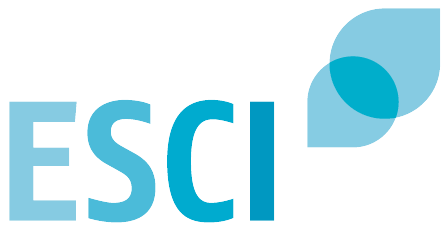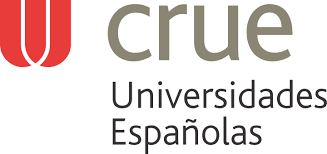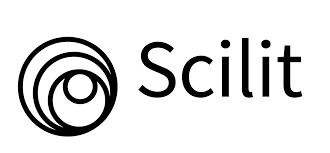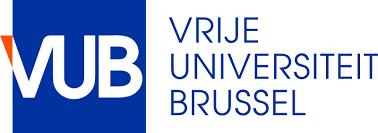Evaluation of municipal wastewater pos-treatment using macrophytes as duckweed (Lemma minor) in stabilization ponds
DOI:
https://doi.org/10.22335/rlct.v10i2.434Keywords:
Wastewater, Lemma minor, post-treatment, removalAbstract
This paper is intended to determine the usefulness of duckweed (Lemna minor) and after treatment in stabilization ponds that treat domestic wastewater was analyzed a sample of water from wastewater effluent from the anaerobic lagoon treatment system Salguero wastewater the Valledupar-Cesar; the sample was inoculated with duckweed, which were taken from reservoirs located on the outskirts of the municipality in question. Assembly was performed using a batch type laboratory scale system with three replicates and two control parameters were analyzed nutrients (nitrogen and phosphorus). Nutrient removal was 72% and 95% N. P was established that duckweed have good efficiency regarding nutrient removal.
Downloads
References
Ahmad, K., Qureshi, Q., Agoramoorthy, G., & Nigam, P. (2016). Habitat use patterns and food habits of the kashmir red deer or hangul (cervus elaphus hanglu) in dachigam national park, kashmir, india. Ethology Ecology and Evolution, 28(1), 85-101. doi:10.1080/03949370.2015.1018955
Albor-Pinto, C., Ortiz-Díaz, J. J., Palma-Pech, G., & Tun-Garrido, J. (2016). First record of schultesia heterophylla (gentianaceae) in the yucatán peninsula. [Primer registro de Schultesia heterophylla (Gentianaceae) para la península de Yucatán] Revista Mexicana De Biodiversidad, 87(2), 508-511. doi:10.1016/j.rmb.2016.04.012
Arce, G. O., y Caicedo J. R. (2010). Efectos del amonio y del pH sobre el crecimiento de la spirodela polyrrhiza cultivado en efluentes de reactores UASB. Bol. Ecol.. 8. 17 - 23.
Byttebier, B., Fischer, S., & Torres, P. L. M. (2012). Seasonal dynamics of larvae and adults of two enochrus thomson (coleoptera: Hydrophilidae) species in temporary and permanent water bodies of an urban park in buenos aires. Revista Chilena De Historia Natural, 85(3), 281-289
Caicedo, J. (1995). Effects of ammonia, ph and organic matter on growth of spirodela polyrrhiza. International Institute for Hydraulic Infrastructural and Environmental. Holanda: Eng, IHE
Carvalho-Saucedo, L., López-Martínez, J., García-Domínguez, F., Rodríguez-Jaramillo, C., & Padilla-Serrato, J. (2011). Reproductive biology of the cannonball jellyfish stomolophus meleagris in las guasimas lagoon, sonora, mexico. [Biología reproductiva de la medusa bola de cañón Stomolophus meleagris en la laguna las Guásimas, Sonora, México] Hidrobiologica, 21(1), 77-88.
Gijzen H.J. y Ikramullah M. (1999). Pre-feasibility of duckweed-based wastewater treatment and resource recovery in Bangladesh. Washington D. C: World Bank Report.
Obek, E. y Hasar, H (2002). Role of duckweed (lemna minor l.) harvesting in biological phosphate removal from secondary treatment effluents. Fresenius Enviromental Bulletin.11(1), 27 -29.
Ocaña-Luna, A., & Sánchez-Ramírez, M. (2016). Structure of the ichthyoplankton community in tamiahua lagoon, veracruz, mexico. [Estructura de la comunidad ictioplanctónica en la laguna de Tamiahua, Veracruz, México] Revista Mexicana De Biodiversidad, 87(1), 123-132. doi:10.1016/j.rmb.2016.01.018
Oron G. (1994). Duckweed culture for wastewater renovation and biomass production. Agricultural Water Management. 26, 27-40.
Rodríguez Miranda, J. P. (2009). Selección técnico-económica del sistema de depuración de aguas residuales: aplicando la evaluación de la descontaminación hídrica. Revista Tecnología del agua. 29(306). 22 – 31.
Rodríguez Miranda, J. P. (2010). Estudio de comparación del tratamiento de aguas residuales domesticas utilizando lentejas y buchón de agua en humedales artificiales. Revista tecnología y ciencia del agua. 1(1). 59 -68.
Rodríguez Pérez, C., Díaz Marrero, M., Guerra Díaz, L., Hernández de Armas, J. M. (1996). Acción depuradora de algunas plantas acuáticas sobre las aguas residuales. México, D.F: Congreso Interamericano de Ingeniería Sanitaria y Ambiental,.
Silva, J. y A. C. de Queiroz (2004). Determinación de fósforo y calcio inorgánico total. Análisis de alimentos. Métodos químicos y biológicos, Brasil : Ed. UFV, Universidad Federal de Viscosa. 169-224.
Vinicius da Luz, L., Carlos Ferreira da Silva, A., Laughinghouse, H. D., Bosio Tedesco, S., & Paula Durand Coelho, A. (2015). Cytogenetic characterization of schinus terebinthifolius raddi (anacardiaceae) accessions from rio grande do sul state, brazil. Caryologia, 68(2), 132-137. doi:10.1080/00087114.2015.1032573
Waha, B.; H. F. Diara, I. Watanabe and C. Van Hove (2005). Assesement and attempt to explain the high performance of Azolla in subdesertic tropics. Plant Soil, 137(1): 145-150.
Zirschky J. and Reed S. (1988). The use of duckweed for wastewater treatment. Jour. of Wat. Poll. Cont. Fed. 60 (7), 1253-1258.
Downloads
Published
Issue
Section
License
This journal provides free and immediate access to its content (https://creativecommons.org/licenses/by/4.0/legalcode#languages), under the principle that making research available to the public free of charge supports greater global knowledge exchange. This means that the authors transfer the Copyrights to the journal, so that the material can be copied and distributed by any means, as long as the authors’ recognition is maintained, and the articles are not commercially used or modified in any way.
